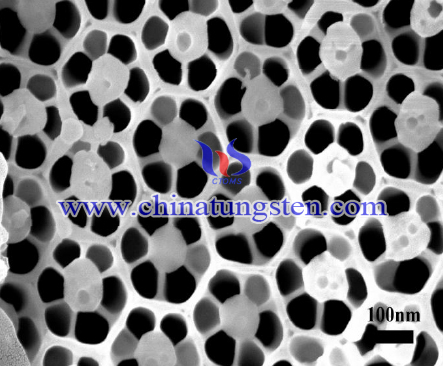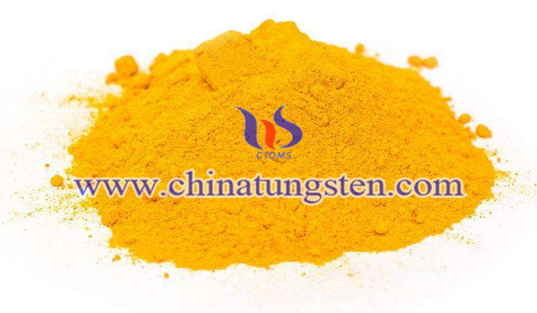Titanium Dioxide / Tungsten Oxide Mass Ratio Affects Photocatalysis
- Details
- Category: Tungsten Information
- Published on Thursday, 08 March 2018 09:18
The heterojunction of titanium dioxide nanosheets and tungsten oxide composites with different mass ratios of 90:10 to 95: 5 have different photochemical catalytic activities. The heterojunction current density of 2.6μA at a mass ratio of 90:10 is well below the heterojunction mass ratio of 95: 5. In other words, the content of tungsten oxide in the titanium dioxide/tungsten oxide heterojunction is not as high as possible.
The reason may be that as the content of tungsten oxide increases, tungsten oxide will form a new recombination center, promote the recombination of photo-generated electrons and holes, and reduce photocatalytic activity. The titanium dioxide / tungsten oxide heterojunction was found to have excellent photocatalytic properties. The nanosheet stack structure of titanium dioxide/tungsten oxide heterojunction provides more channels for photogenerated electrons and holes. Titanium dioxide / tungsten oxide heterostructures can effectively separate photogenerated electron-hole pairs. The band and valence band for TiO2 are -0.29 eV and 2.91 eV, respectively, while the conduction band and valence band for tungsten oxide are 1.26 eV and 3.51 eV, respectively, which form Type-II heterostructures. Like other semiconductor photocatalytic materials, electrons in the valence band are excited to migrate to the conduction band to form photo-generated electrons under light irradiation when the energy absorbed by titanium dioxide and tungsten oxide is greater than their band gap. On the valence band, holes are formed so that photoelectron electron-hole pairs are formed.

In the titanium dioxide / tungsten oxide heterostructure, photo-generated electrons on the titanium dioxide conduction band are easily transported to the conduction band of tungsten oxide due to the good match of the titanium oxide and tungsten oxide band gaps. Similarly, holes in the valence band of tungsten oxide are easily transported to the valence band of titanium dioxide. In this way, the effective separation of photogenerated electrons and holes is greatly enhanced, the recombination of photogenerated electron-hole pairs is reduced, more photoelectrons and holes participate in the photocatalytic reaction, and the final photocatalytic performance is remarkably improved.

- Tungsten Oxide Manufacturer & Supplier, Chinatungsten Online: www.tungsten-oxide.com
- Tungsten News & Prices of China Tungsten Industry Association: www.ctia.com.cn
- Molybdenum News & Price: news.molybdenum.com.cn
- Tel.: 86 592 5129696; Fax: 86 592 5129797; Email: sales@chinatungsten.com



 sales@chinatungsten.com
sales@chinatungsten.com